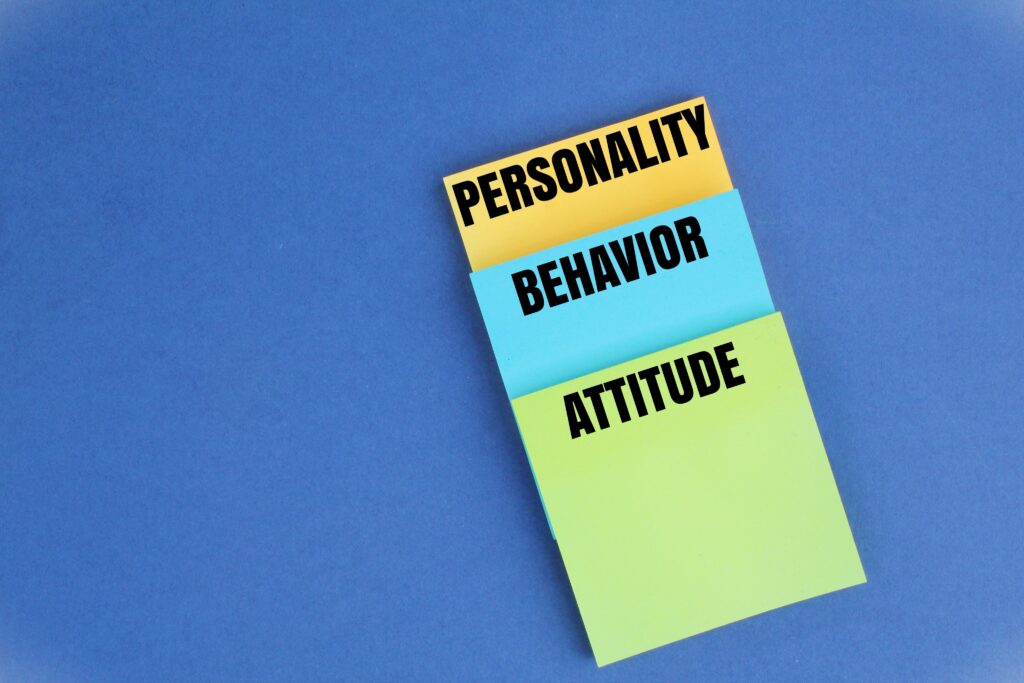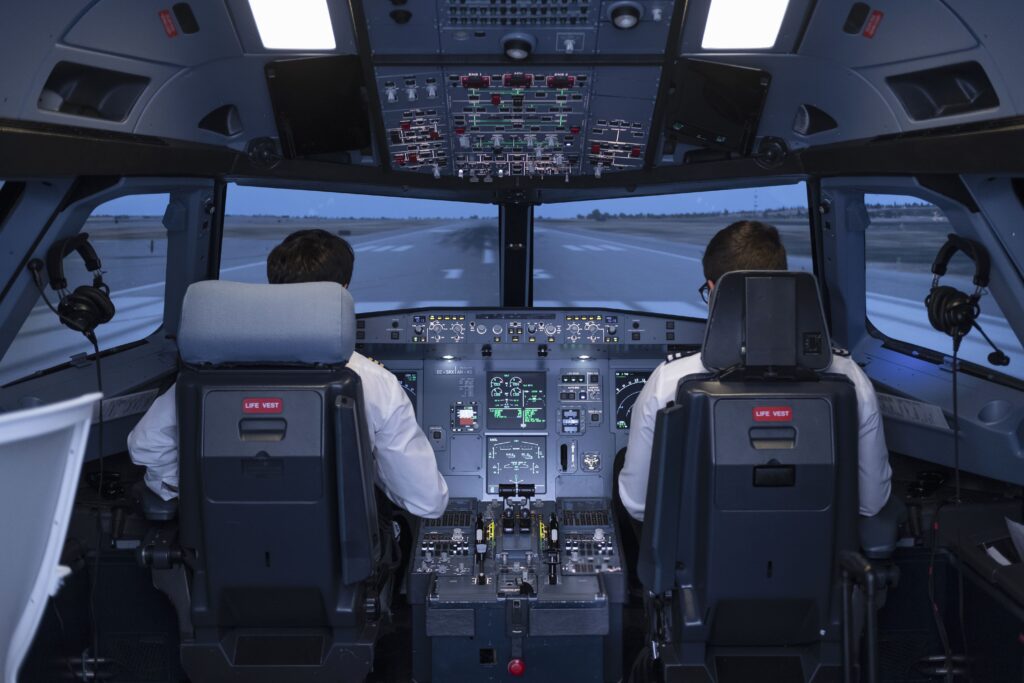
New to the world of behaviour-based safety training?
Let’s start with the basics.
Behaviour-based safety training involves adjusting behaviour to promote a safer operational culture.
Admittedly, the name is sort of a spoiler alert.
In behaviour-based safety training, we will have one of two goals. We either train to maintain a desirable behaviour or change for a more desirable one.
Discover all our aviation-related topics.
Behaviour and operational safety go hand in hand, like Aviator sunglasses and fresh-out-of-school first-officers.
Our behaviour is fundamental as it affects the people around us and ourselves. It influences our situational awareness, decision-making, communication and teamwork abilities.
Behaviour is like breathing – we rehearse it at all times, and it isn’t something that we can stop doing (at least not in a survivable manner).
Having written that – what can we do to adjust pilot behaviour to one that promotes safety rather than deterring it?
The word “behaviour-based safety training” doesn’t necessarily provide a blueprint, step-by-step guide for how to maintain or change to a desirable behaviour.
So, the true question is – What kind of training should we implement to make pilots reflect and change behaviour to promote a safer culture?

While simulators, line training and testing are for skills and knowledge, Crew Resource Management (CRM) training and Human Factors training are for attitude (feelings resulting in a behaviour).
The issue about CRM and Human Factors training is that they focus on these so-called “soft areas”, and while those “soft areas” are somewhat easy to define, they are much harder to train.
For example, how can I teach my students to become better communicators? How will I teach them to become better team builders, to have better situational awareness, or to be better decision-makers?
Sure, I can pass on a lot of theoretical stuff, and back it up with statements from psychologists and case studies showing us what to do and how to do it.
But will that create any behaviour change?
Highly unlikely.
So, how can I ensure that any learning takes place? And that desirable behaviour sticks?
I can’t very well hand them a test with questions like: “Are you a better communicator now?”
Mark “YES” or “NO”….
Tried and tested… didn’t work.

Let me paint an example: Imagine that you read an article stating that it would be beneficial for you to change hands when brushing your teeth. So, if you are right-handed and normally brush your teeth with your right hand, imagine you are to do this with your left hand. You know from the article that it is good for you.
The first couple of times, you will consciously grab your toothbrush with your left hand and try it out.
However, what happens the following day when you are in a hurry and a bit pressed on time? You rush into the bathroom and quickly grab your toothbrush – with which hand, do you think?
Yes, you grab it with your right hand because this is what you usually do – this is your normal behavioural pattern. A trigger for relapse in this case would probably be a stressful situation – being in a hurry.
This “inbuilt human system” also works with other behavioural patterns. We must consciously work on it and feel the benefits of our new behaviour before a change can happen.
As you can imagine, changing behaviour is a lengthy process. If a change of behaviour was as easy as the hydraulic system on the B737, then we could easily cure all the alcoholics in the world. You could give the alcoholic the perfect cure: Just tell him, “Don’t drink alcohol,” and the alcoholic would instantly realize that not drinking is the solution. That’s it….cured.
However, we all know it does not quite work like that. Behaviour is not only linked to knowledge – it is also strongly controlled by our emotions.

Because we cannot simply change our behaviour like Andrew Tate changes cars, we cannot train attitude the same way we train skills and knowledge.
When we at NaviMinds design our CRM courses and Human Factors training, we do it from a concept we call:
Emotion – Reflection – Change
The best way to achieve the goal of maintaining a desirable behaviour or changing to a desirable behaviour is by playing with behaviours and emotions via group work, exercises, and role-play that actively engages the pilots in problem-solving via their behaviour. This allows pilots to reflect on the outcome of their actions and behaviours.
The art is not to focus on the right and wrongs but on how they felt and what happened when….
Most importantly, we need to provide pilots with some tools. Some simple communication tools that they can try out immediately – not only in their roles as pilots but also in their daily “toothbrushing” lives.
In 2012, I gave a presentation at EATS (European Airline Training Symposium) where I included the following example:
On my PowerPoint, I gave my audience 5 questions to answer. Five questions that do not require any specific knowledge, only logical thinking. I told people they had to be quick as I would only give them 30 seconds to find the answers. When the 30 seconds were up, I gave them the correct answers.
I then asked: “How many of you turned to the person next to you to answer the five questions – raise your hands please….”
I did not see any hands in the air.
We talk about working together, about being a team, the importance of delegation and asking for help. Yet, we often react as if we are competitors. I am convinced that IF we had worked together and asked for help, then we would have been able to solve all the questions… had we only cooperated.
So why did people not turn to the person next to them?
I never told them to work together. On the other hand, I never told them they couldn’t. Our culture conditions us to compete, to get the most correct answers and the best grades.
Take this little exercise into the classroom, add a few more questions and give the students 3 minutes, and you will have 15, 20 or even 30 students working individually. And what’s more – most even take good care not to look at the person next to them because that would be cheating.

Where does this lead us?
This little exercise shows us that turning to look for the nearest helpful resource doesn’t come naturally to us. We need training that is different to learn these desirable behaviours. Lecturing or telling won’t cut it anymore.
We must be better at implementing behaviour-based safety training that creates emotions and makes pilots reflect on their behaviour, ultimately leading to the desired personal and cultural change.
Dive into our insightful and informative articles that will help you explore more and get ahead of the competition.
© 2024 NaviMinds – Designed by Aveo web&marketing